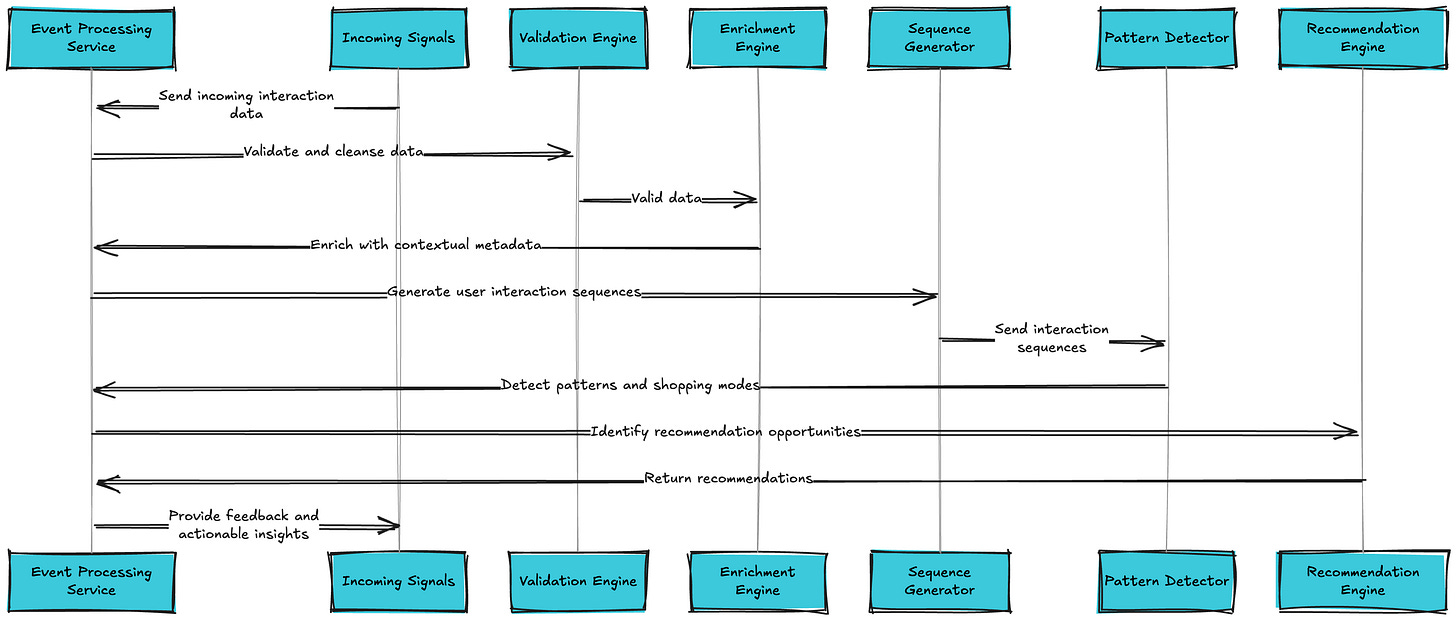[ML System Design Tech Case Study Pulse #5 : Top Question] Recommending Million Of Items to Millions of Customer in Real Time: How Amazon Recommendation Actually Works
Behind the tech with detailed explanation and flow chart....
Hi All,
Amazon's product recommendation system is a sophisticated machine learning infrastructure designed to suggest relevant products to millions of customers across its vast marketplace.
The system's ability to understand the complex relationships between products enables particularly effective complementary recommendations, helping customers build complete solutions rather than just making isolated purchases. When a customer buys a camera, the intelligent recommendation of appropriate lenses, memory cards, and accessories creates a better overall experience and helps customers avoid the frustration of missing essential components.
Let's explore the key metrics and capabilities of this system:
Key Metrics:
Daily Active Users (DAU): 300+ million
Product catalog size: 350+ million items
Recommendations generated daily: 15+ billion
Average recommendation generation time: < 120ms
ML model inference time: < 25ms
Data points processed daily: 25+ trillion
Global data centers: 30+
Edge locations: 250+
System availability: 99.999%
Recommendation click-through rate: > 15%
Conversion from recommendations: 22-38%
Features considered per recommendation: 30,000+
Training dataset size: Exabytes of customer interaction data
ML models in production: 500+
Real-time personalization signals: Billions per day
System redundancy: N+3 architecture
Average model update cycle: 4 hours
Languages supported: 30+
Complete Process Flow: How It Works
The entire recommendation process operates as a continuous pipeline from data collection to personalized product suggestion:
User interacts with Amazon platform:
Browsing behavior and clickstream data are captured
Search queries and keyword interests are recorded
Purchase history and cart interactions are tracked
Product reviews and ratings are collected
Session context data is gathered
How it works: When a customer visits Amazon on any device, the Customer Behavior Tracking System silently activates in the background. This sophisticated tracking framework captures over 500 distinct interaction types, including product page views, time spent examining details, image gallery interactions, and review reading patterns. The system employs specialized sensors for each interaction type – page scroll depth trackers measure content consumption, mouse hover patterns indicate interest intensity, and click patterns reveal consideration sequences. On
mobile devices, touch gestures and swipe patterns provide additional behavioral signals. Every search query is analyzed not just for literal terms but for semantic intent, with query refinement patterns revealing customer precision. All interaction data is encrypted and transmitted to Amazon's edge servers using a custom protocol optimized for minimal bandwidth consumption while maintaining complete interaction fidelity.
Real-time Event Processing Service handles incoming signals:
Validates and cleanses incoming interaction data
Enriches events with contextual metadata
Generates user-specific interaction sequences
Detects behavioral patterns and shopping modes
Identifies immediate recommendation opportunities
How it works: The Event Processing Service operates as a distributed stream






